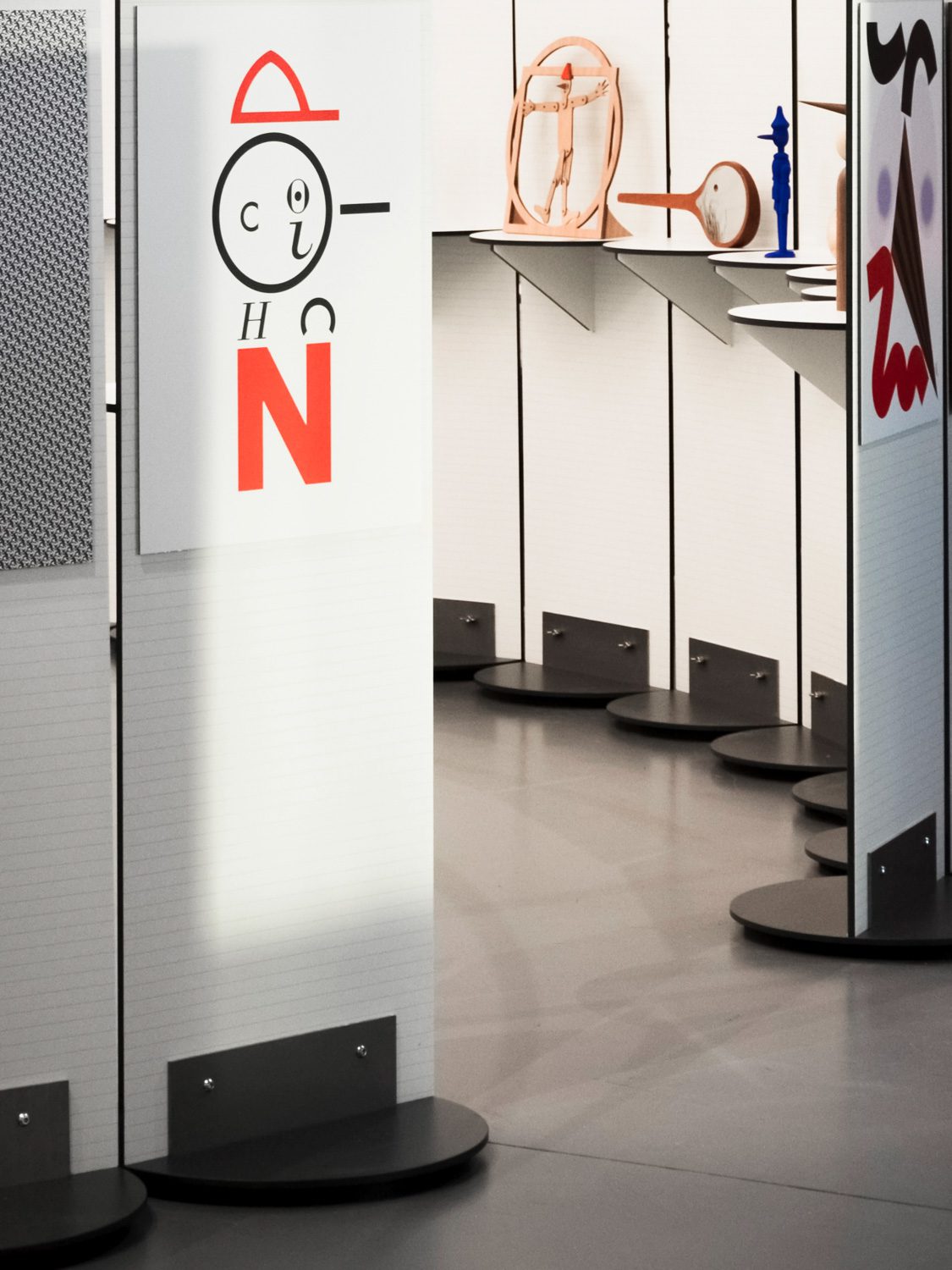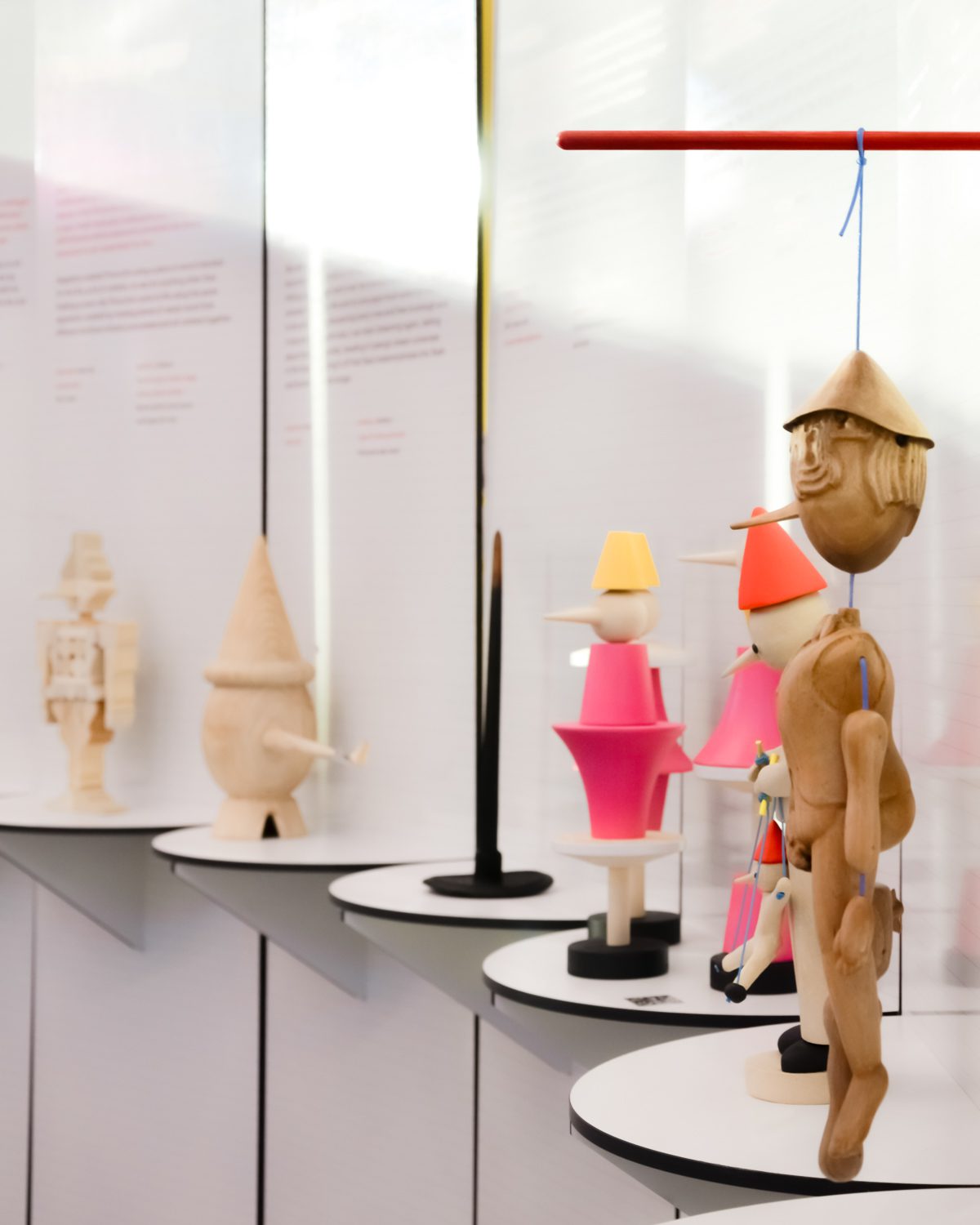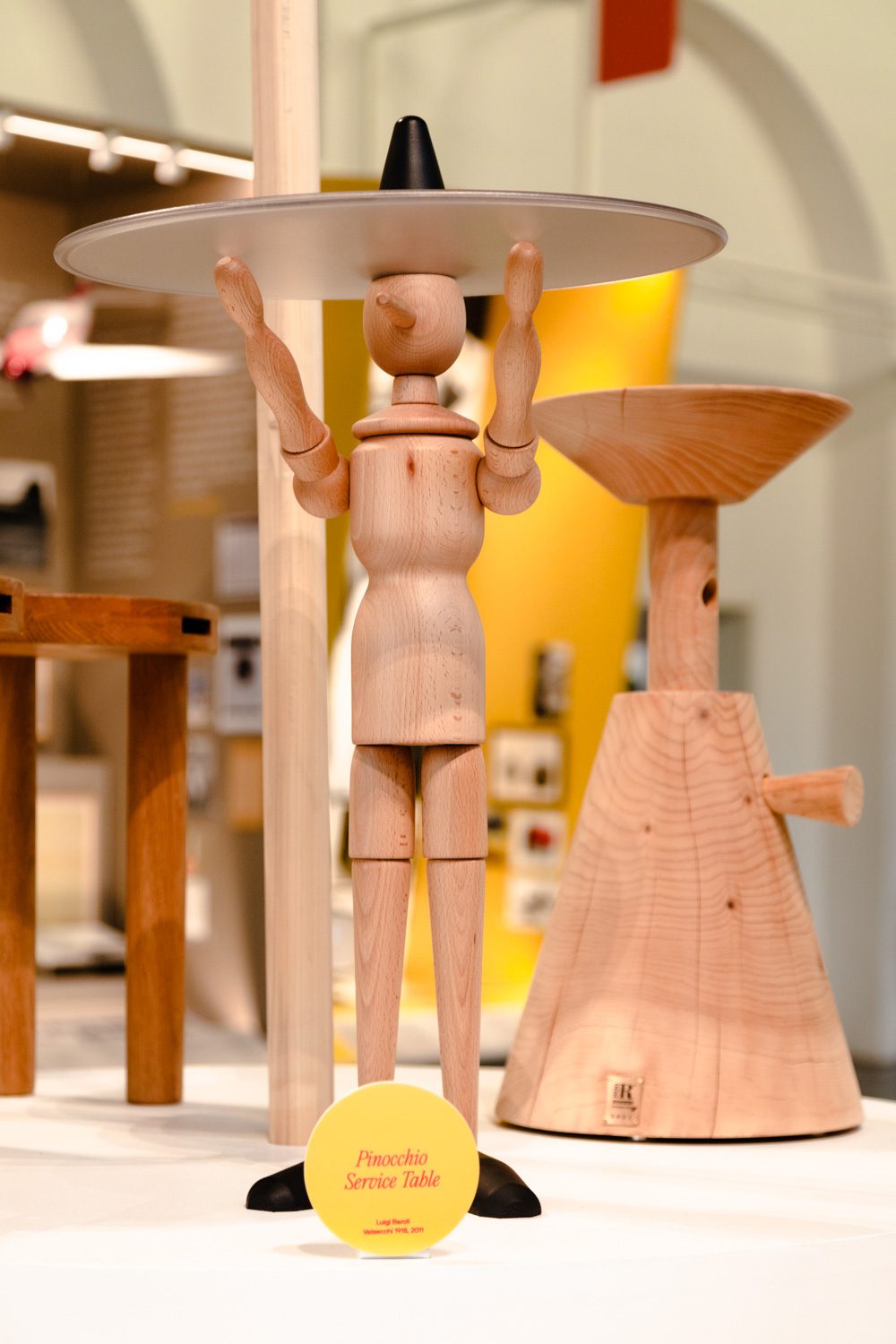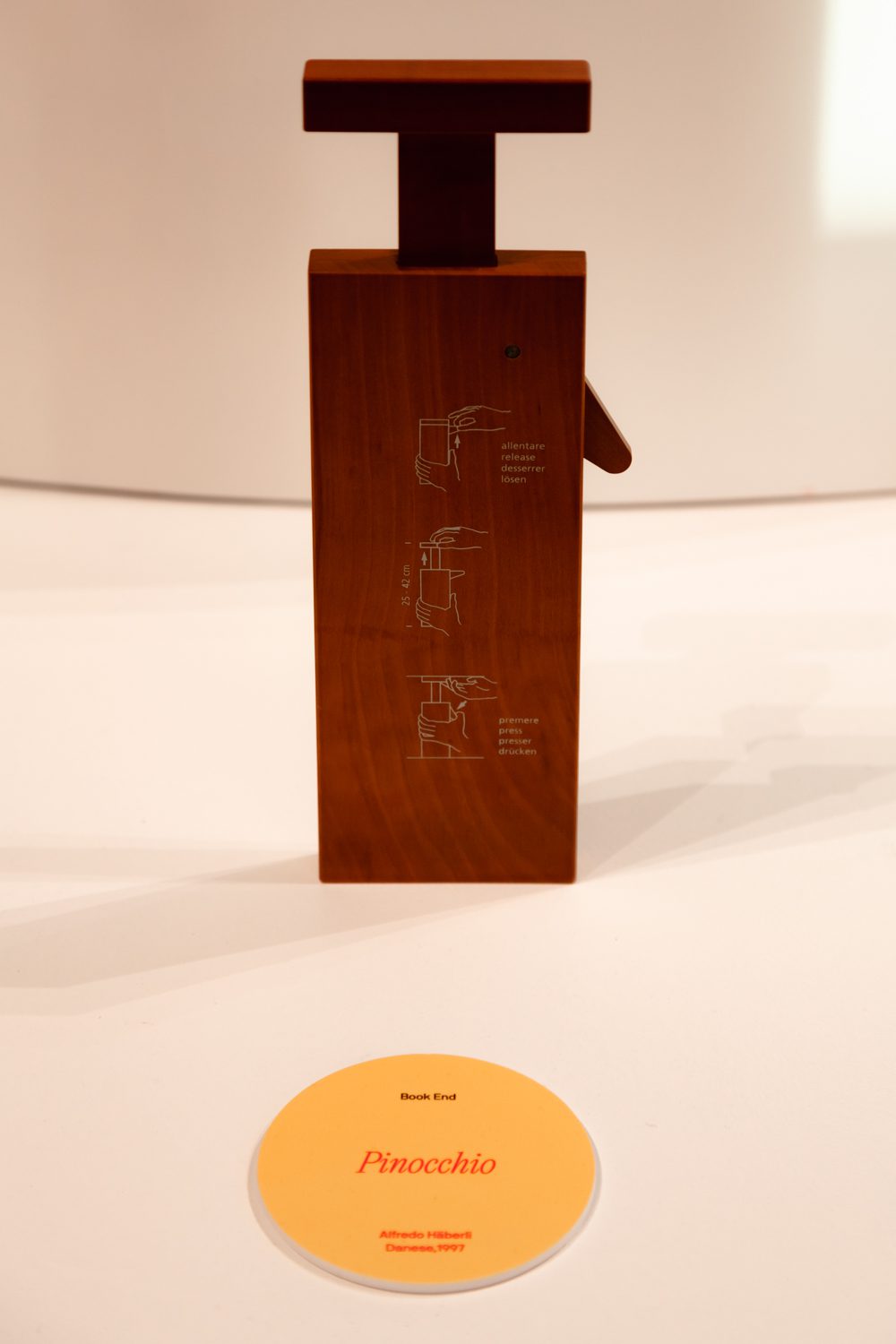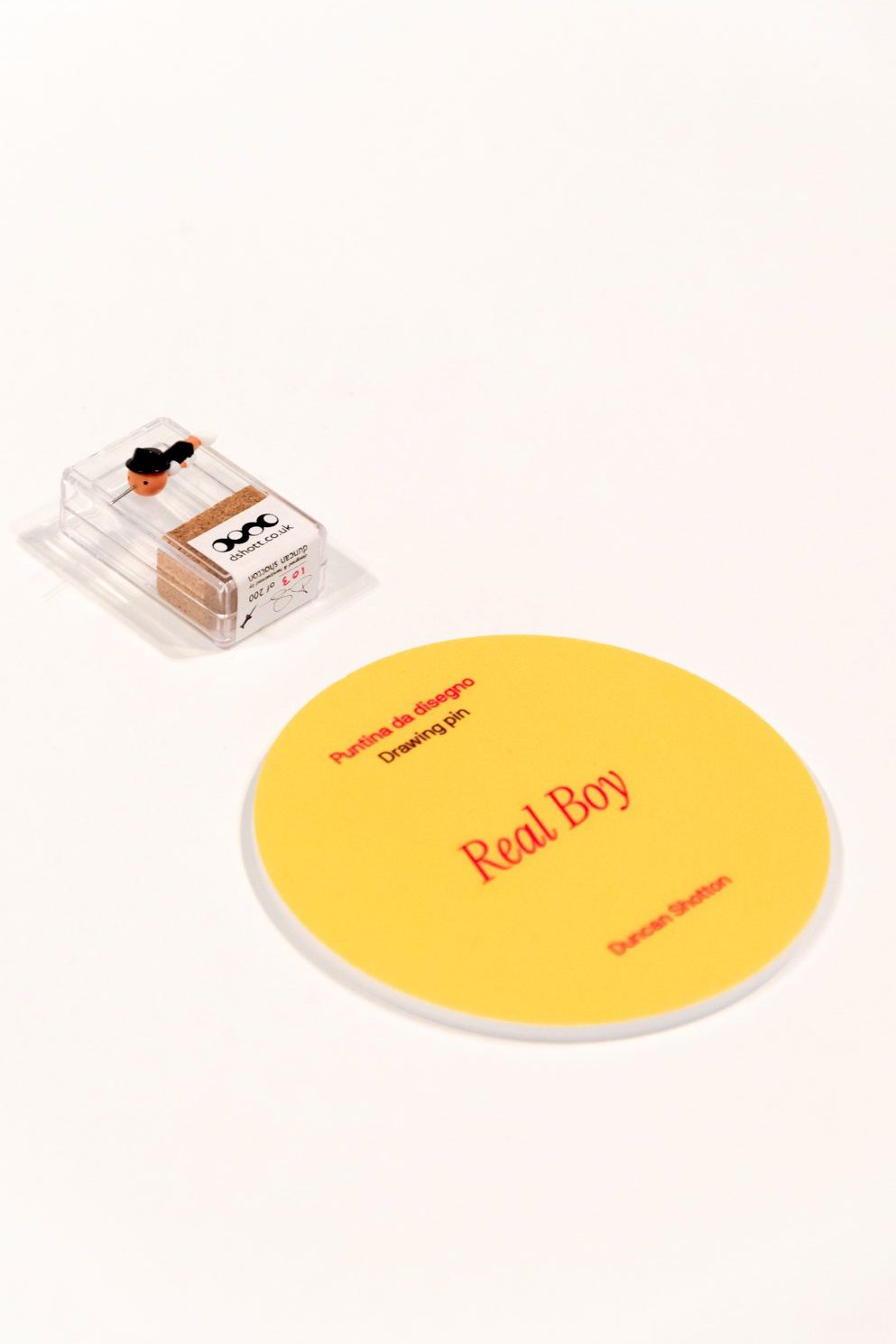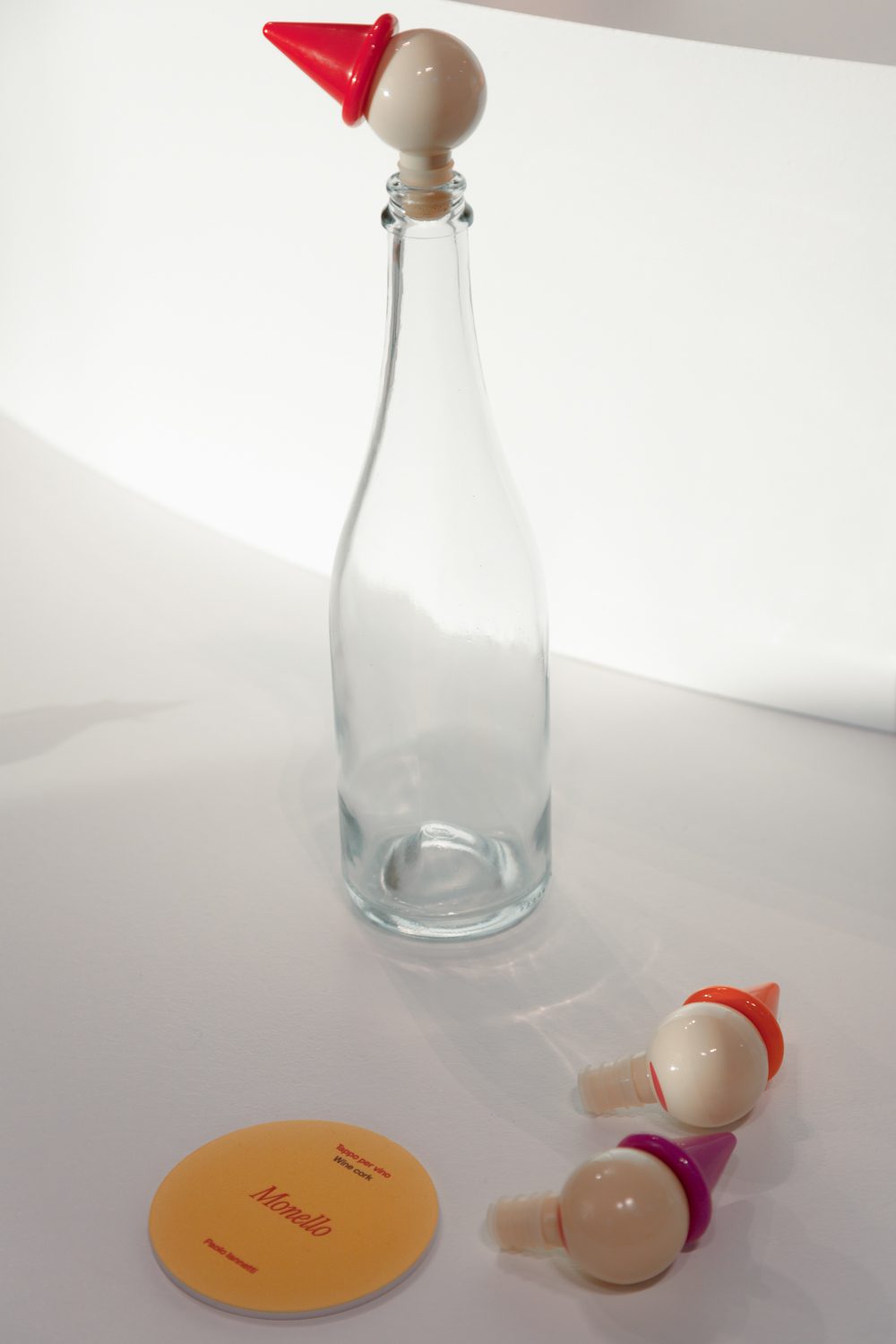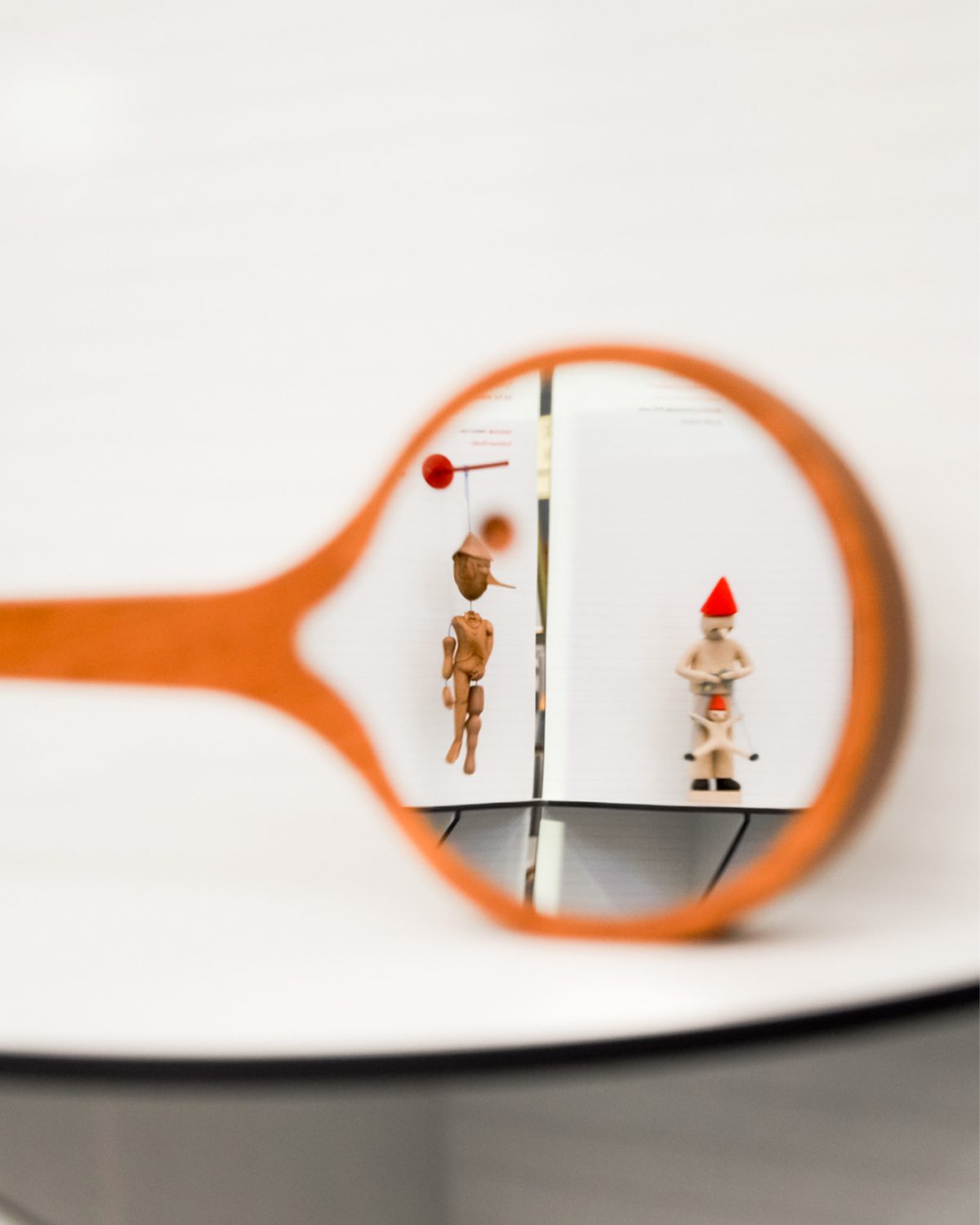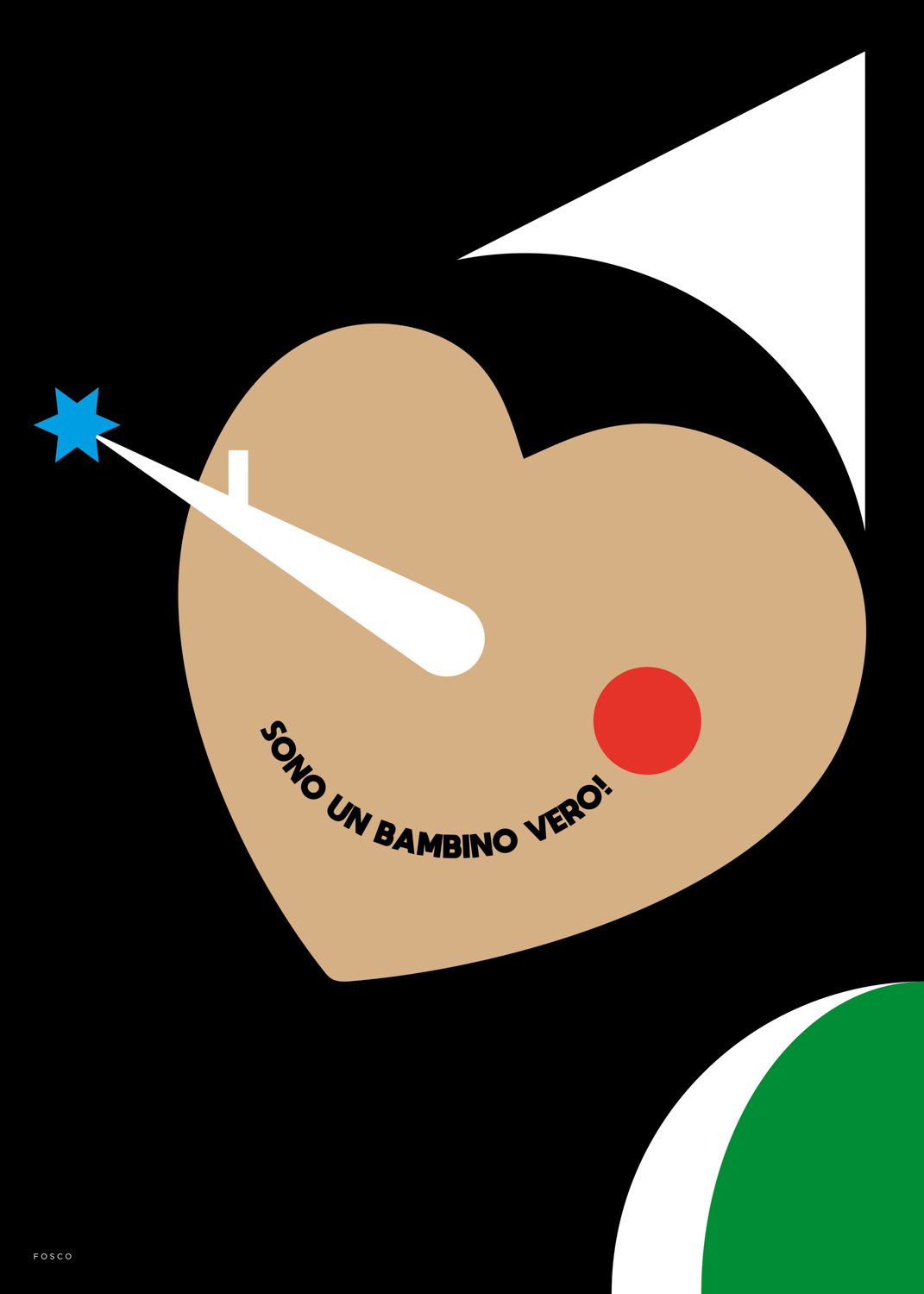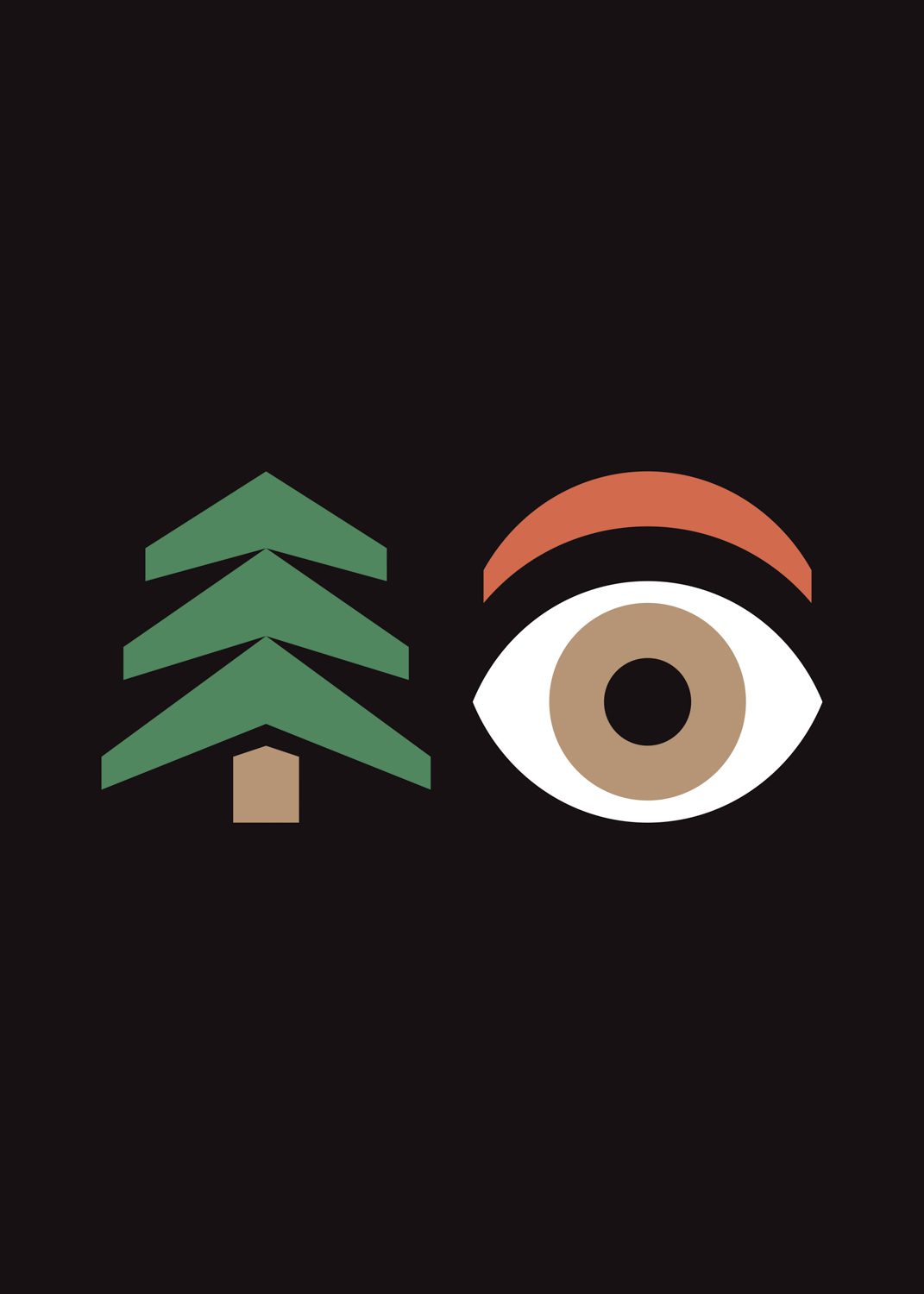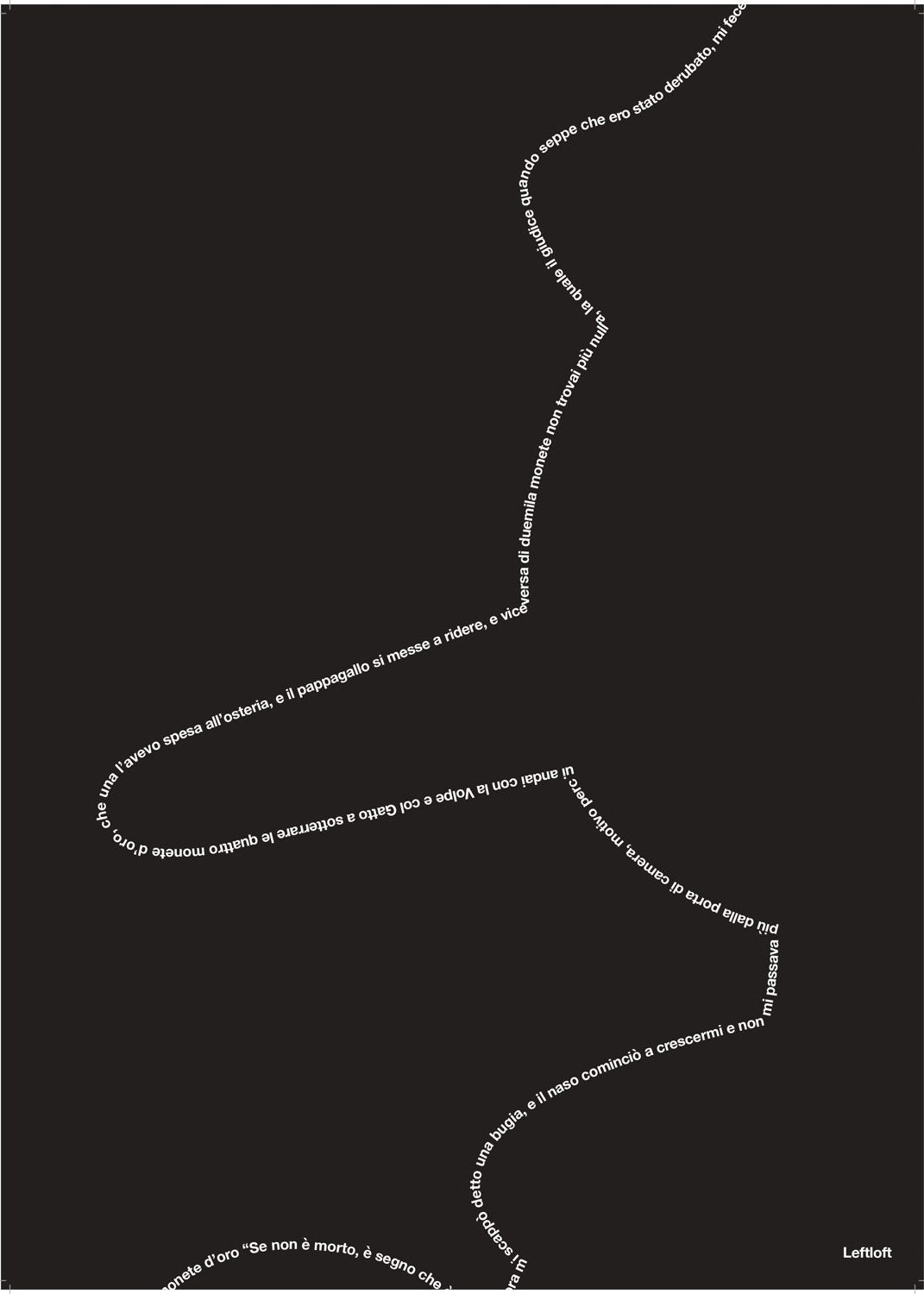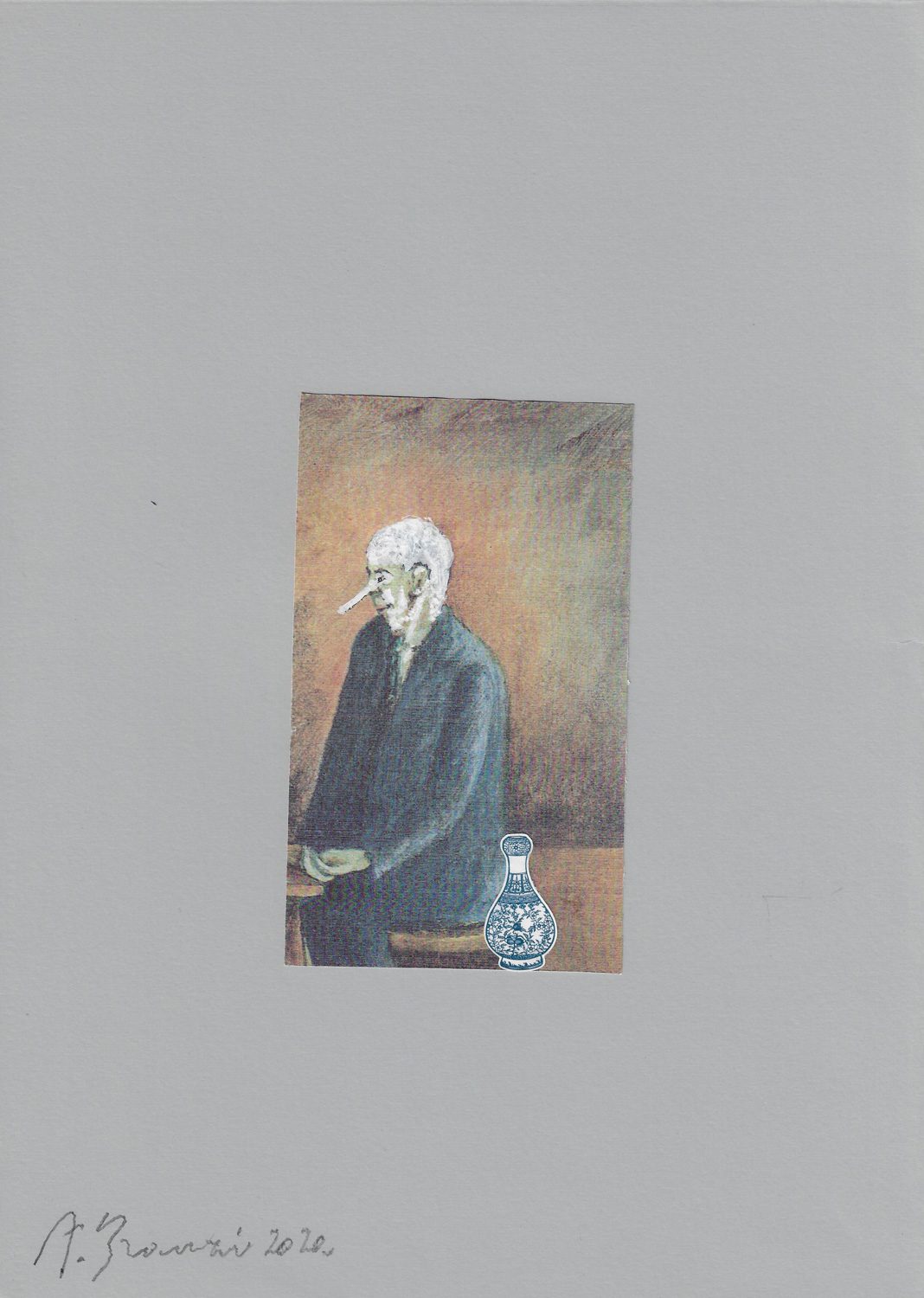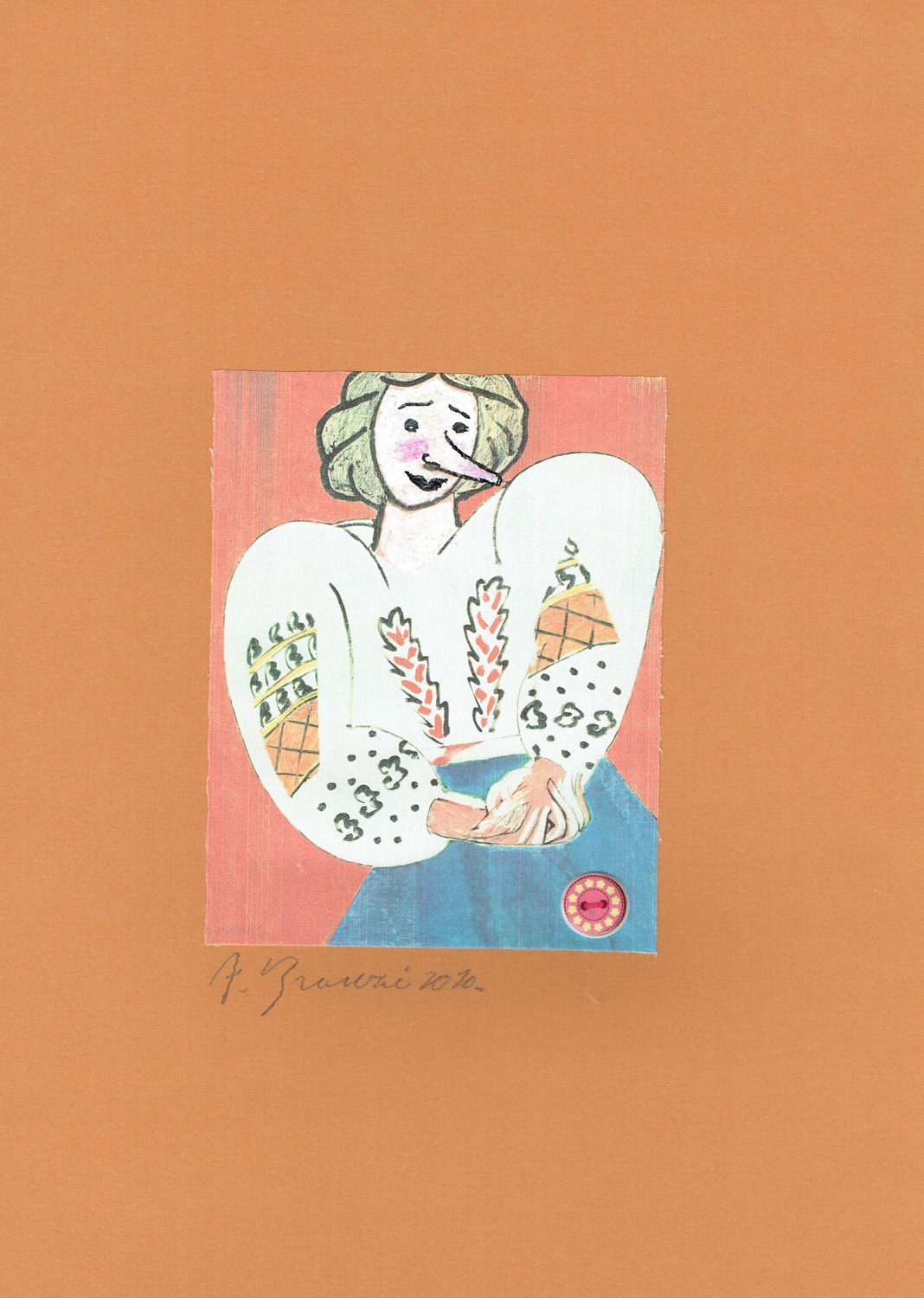REIMAGINES THE FAMOUS WOODEN PUPPET BOY WITH THE ‘DEAREST PINOCCHIO’ EXHIBITION WHICH CONTAINS 62 CREATIVE WORKS BY 31 DESIGNERS PAYING TRIBUTE TO PINOCCHIO’S CHARACTER
TEXT: PATTIYA HARPUTPONG
PHOTO COURTESY OF ADI DESIGN MUSEUM COMPASSO D’ORO
(For Thai, press here)
There’s hardly anyone who doesn’t know Pinocchio, the fictional wooden puppet boy with a nose that grows longer every time he lies. Although Disney’s 1940 animation film has brought this 19th-century children’s book character, well known by generations of Italian people, to recognition by everyone the world over, how many of us know him beyond that?
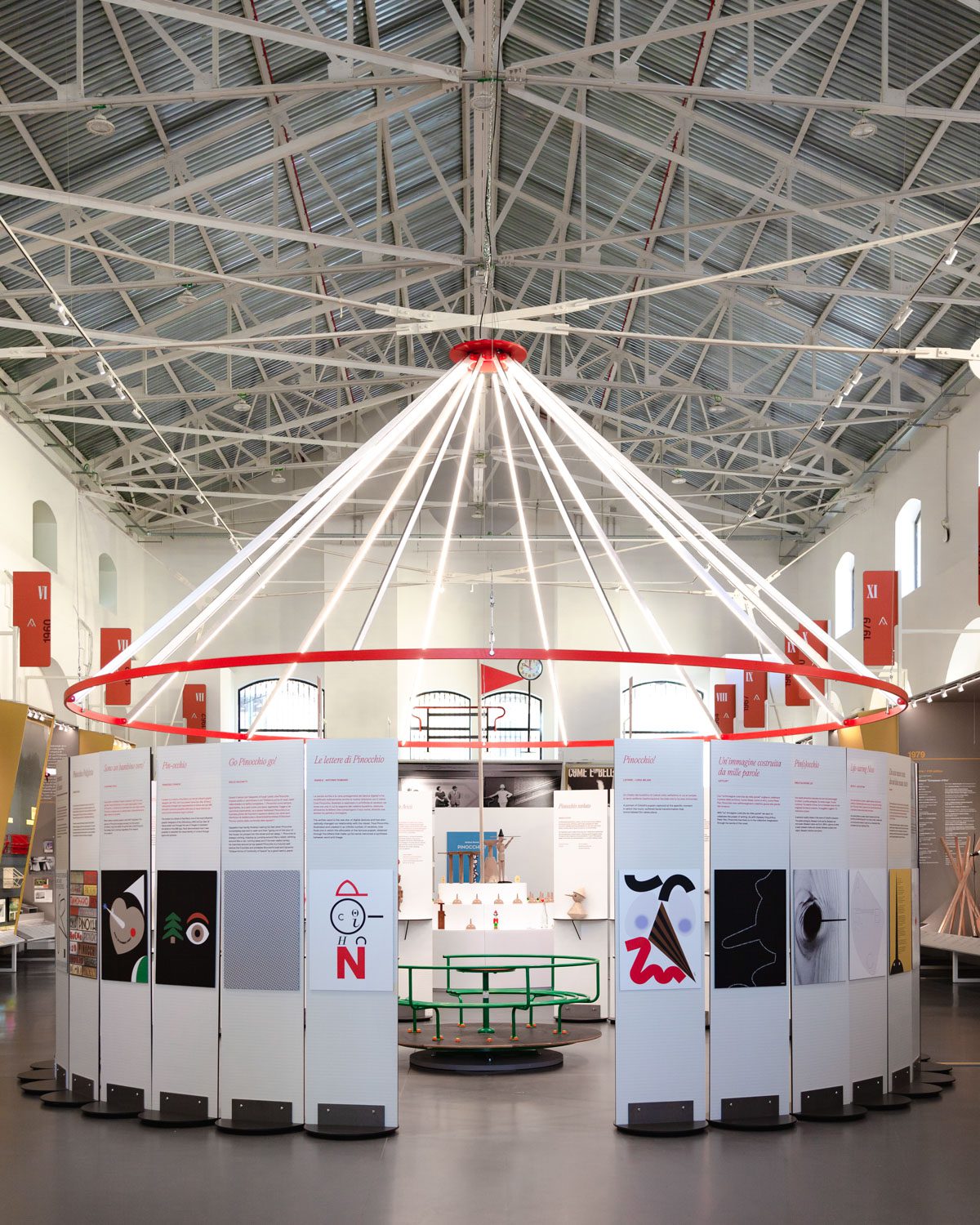
Pinocchio, a wooden string puppet created by woodcarver Geppetto in a Tuscan village, is the protagonist of Carlo Collodi’s 1883 children’s novel ‘The Adventures of Pinocchio’. He dreams of becoming a real boy and is granted the Blue Fairy’s blessing to behave well and care for his father. Pinocchio is stubborn, naughty, deceptive, and easily led, often led astray by tricksters and hooligans. His character serves as a moral lesson for children but tragically ends with him being hung by the fox and cat and beaten by the harsh winter wind, ultimately giving up on his life.

‘Carissimo Pinocchio,’ which can be translated as ‘Dearest Pinocchio,’ is an exhibition that features creative works inspired by this famous and beloved character. From November 29 to February 4, 2024, at the ADI Design Museum Compasso d’Oro in Milan, 62 creative works by 31 designers pay tribute to Pinocchio’s character, reimagining him in many shapes and forms.
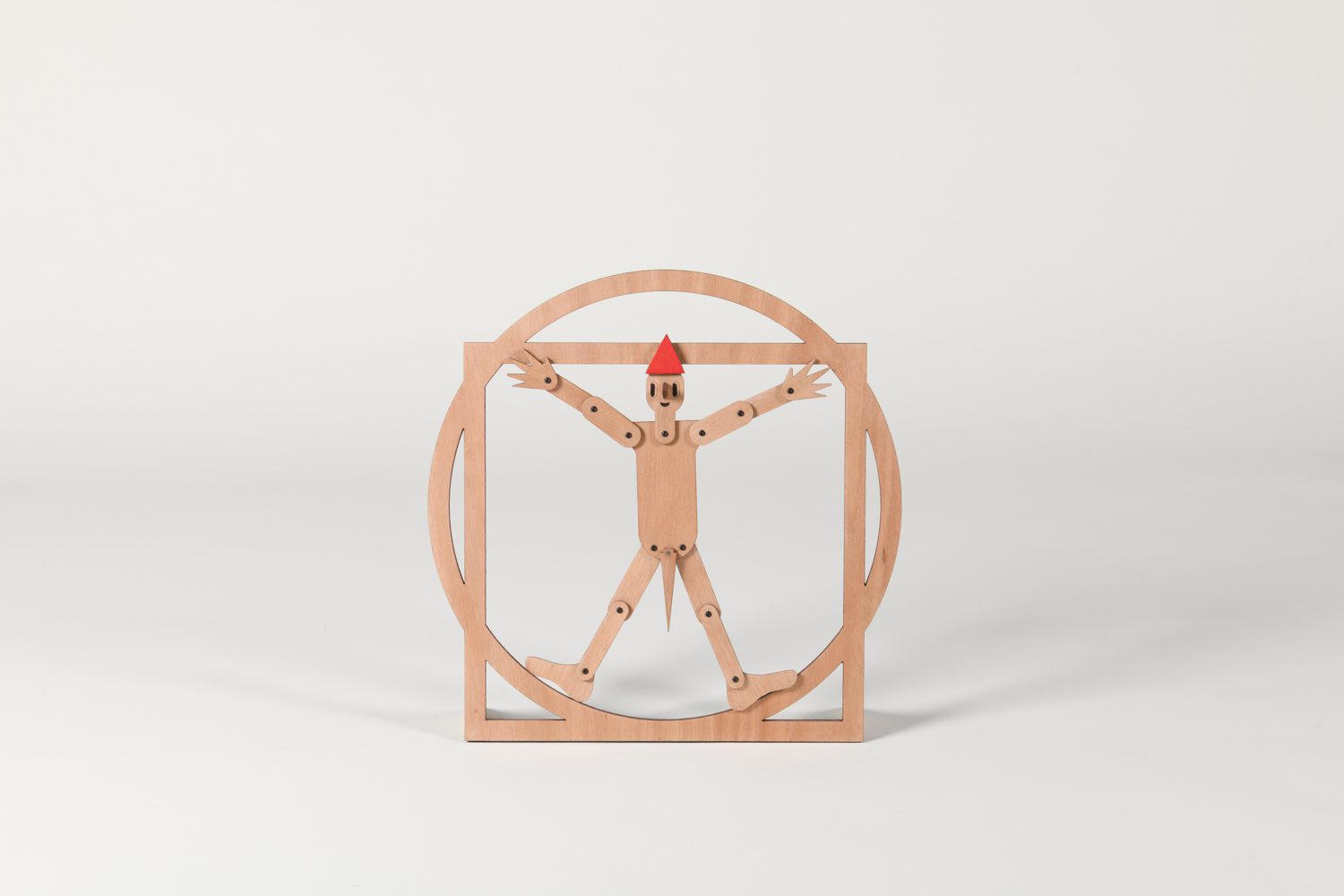
Vitrocchio by Franco Raggi, Miocugino – Officina d’ingegno
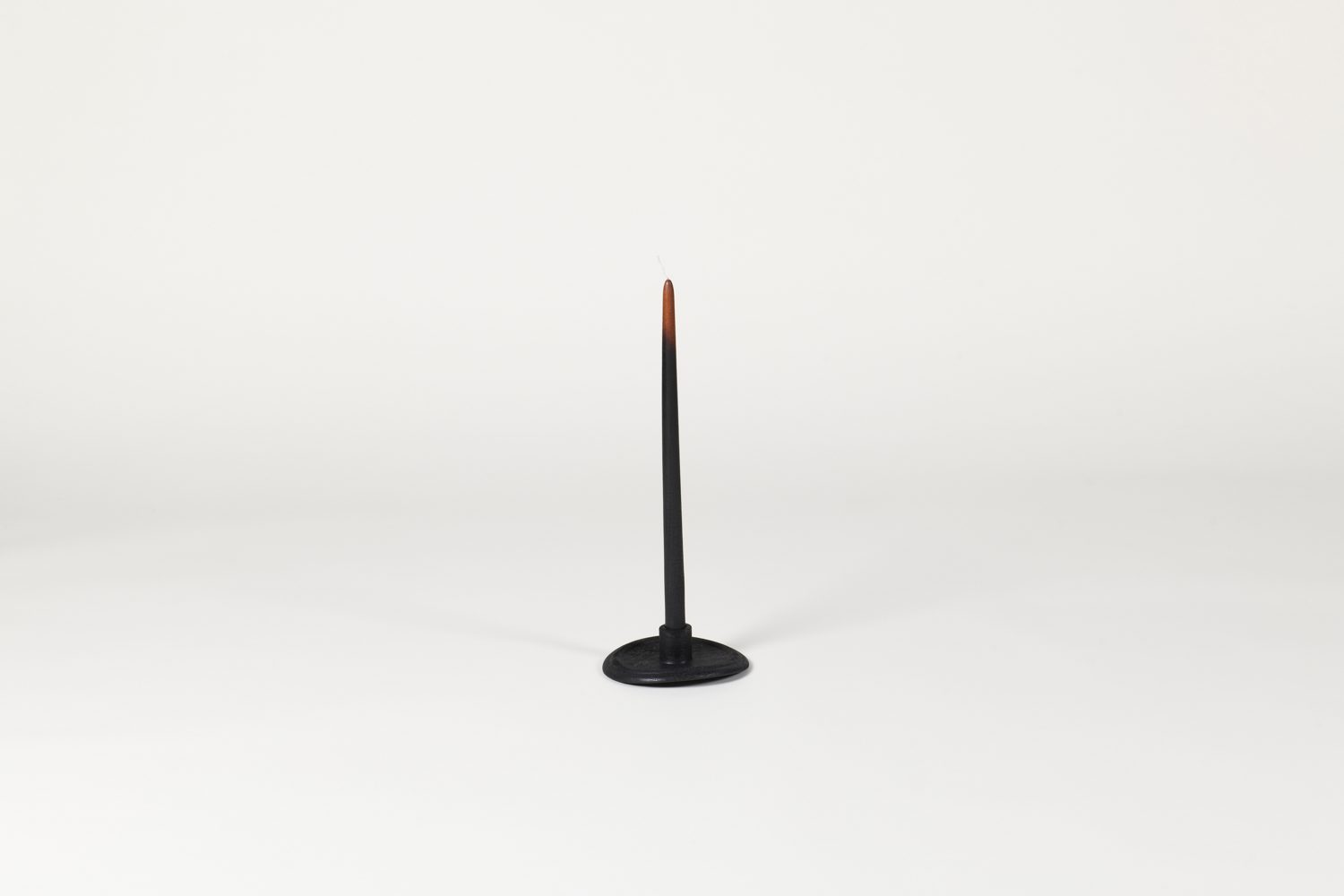
Bugia by Sara Bozzini con Antonio Manuel Martins
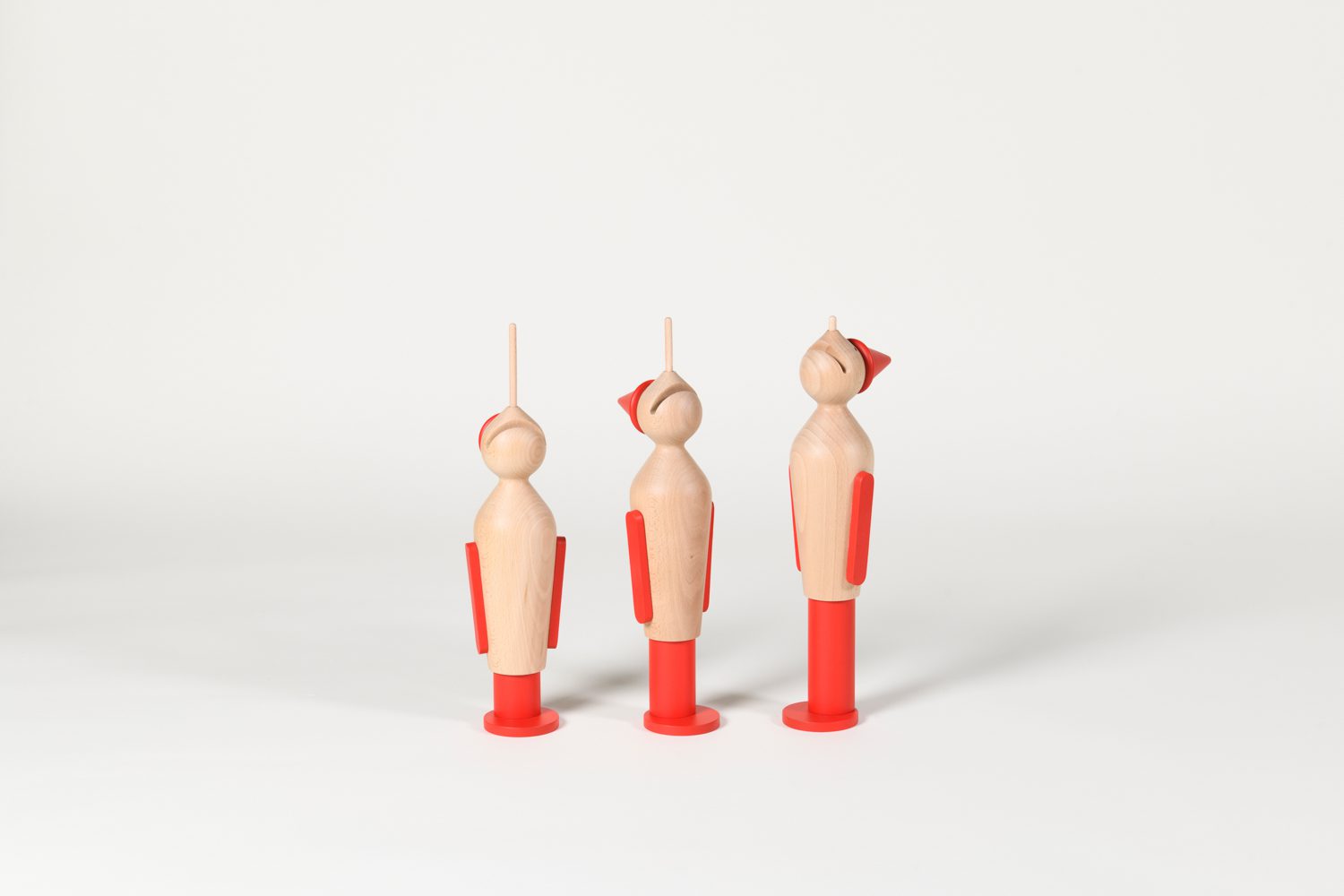
Nanocchio – Luca Madonini – Pepper Style by Bisetti
Being built from sturdy material by a woodcarver father, Pinocchio is canonically a work of design. His character evokes creative thoughts. It asks the question: what else could Pinocchio possibly be like if he wasn’t a traditional wooden puppet? Throughout the Dearest Pinocchio exhibition, the viewers can see reimagining of the beloved naughty character in different forms and mediums. Illustrations, furniture, sculptures, and product designs with materials like wood, metal, glass, plastic, and many more—Pinocchio is turned upside down, inside out, and sometimes stripped down to plain geometry. What is Pinocchio’s most essential physical characteristic? How different can he look and still be recognizable? What if he becomes a bottle stopper or a side table?

Pinocchio 1 by Andrea Branzi
The works in ‘Carissimo Pinocchio’ cleverly present Italian design through timeless images and objects. The exhibition also includes a variety of Pinocchio-inspired goods from notable Made in Italy firms. The specially created Pinocchios will be auctioned off for charity following the show.
